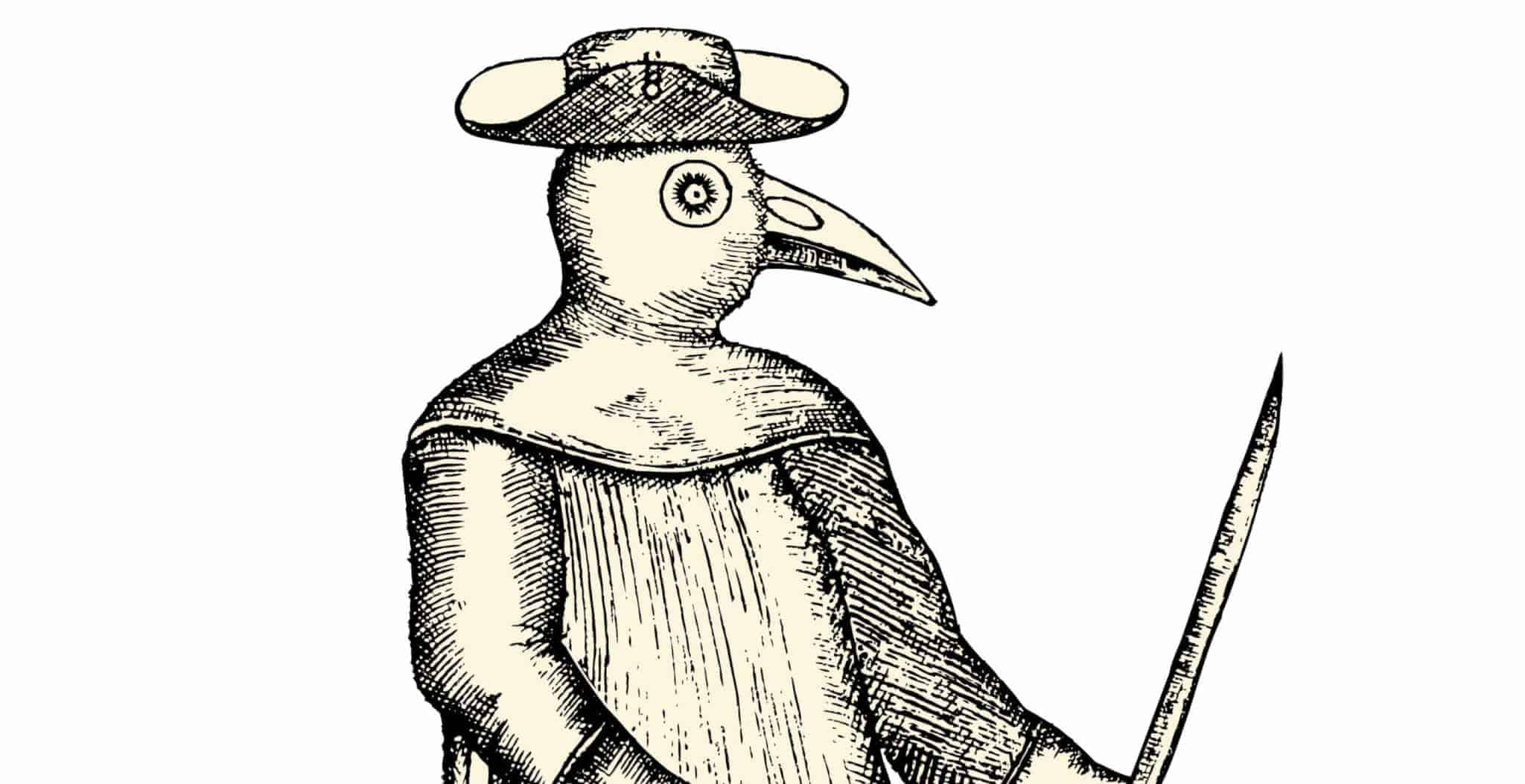Perched atop a valley in the Dartmoor National Park lies the mysterious, eerie and deserted medieval village of Hound Tor (also known as Hundatora).
Excavated in the 1960s, historians now believe that the land around Hound Tor had been farmed since the Neolithic age, and by the time of the Norman Conquest the area was a big enough settlement to warrant an inclusion in the Domesday Book. Indeed, by 1086 it was home to 6 households, 7 cattle, 28 sheep, 18 goats, and was ruled by a certain ‘Lord Reginald’.

But that’s about as much as we know. By the mid-14th century – possibly the early 15th century – the village was entirely deserted and all farming had ceased. But why?
There are two likely reasons for this.
The first is that the weather in Britain (and indeed Europe) deteriorated quite significantly during the 14th century, ultimately leading to the Great Famine of 1315 – 1317, as well as smaller famines in 1321, 1351 and 1369. The famines were caused by extraordinary cold winters being followed up by wet and cold summers, and it is now believed that these unusual weather patterns were caused by a volcanic event in far-flung New Zealand. During these periods of famine, life expectancy dropped to a meagre 29 years.
But medieval England had another enemy to contend with during the 14th century; the Black Death. The first reports of the plague on English soil date from June 1348, and by its conclusion around a third of Devon’s population had been wiped out. Life expectancy during this period had dropped to just 17 years.

In the case of Hound Tor, it is likely that a combination of both famine and plague was to blame for its desertion, but we will never know for sure.
It is still possible to visit the remains of Hound Tor, and indeed they’re quite well preserved for a deserted medieval village. If you are interested in visiting then we recommend parking at the location marked here. From there it takes around 10 minutes to walk to the village, where the remains of four 13th century longhouses, three barns (complete with grain driers), along with three other indiscernible buildings can still be seen.

Oh yes… and when you’re looking at the longhouses, remember that medieval farmers in the 13th century weren’t too worried about getting close and personal with their livestock. In fact, longhouses from this time were built in such a way where the livestock lived at one end, and the family at the other!

For more information about the medieval village of Hound Tor, be sure to check out the extremely thorough write-up over at Legendary Dartmoor.





